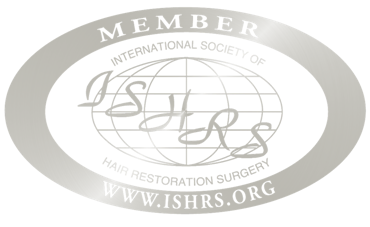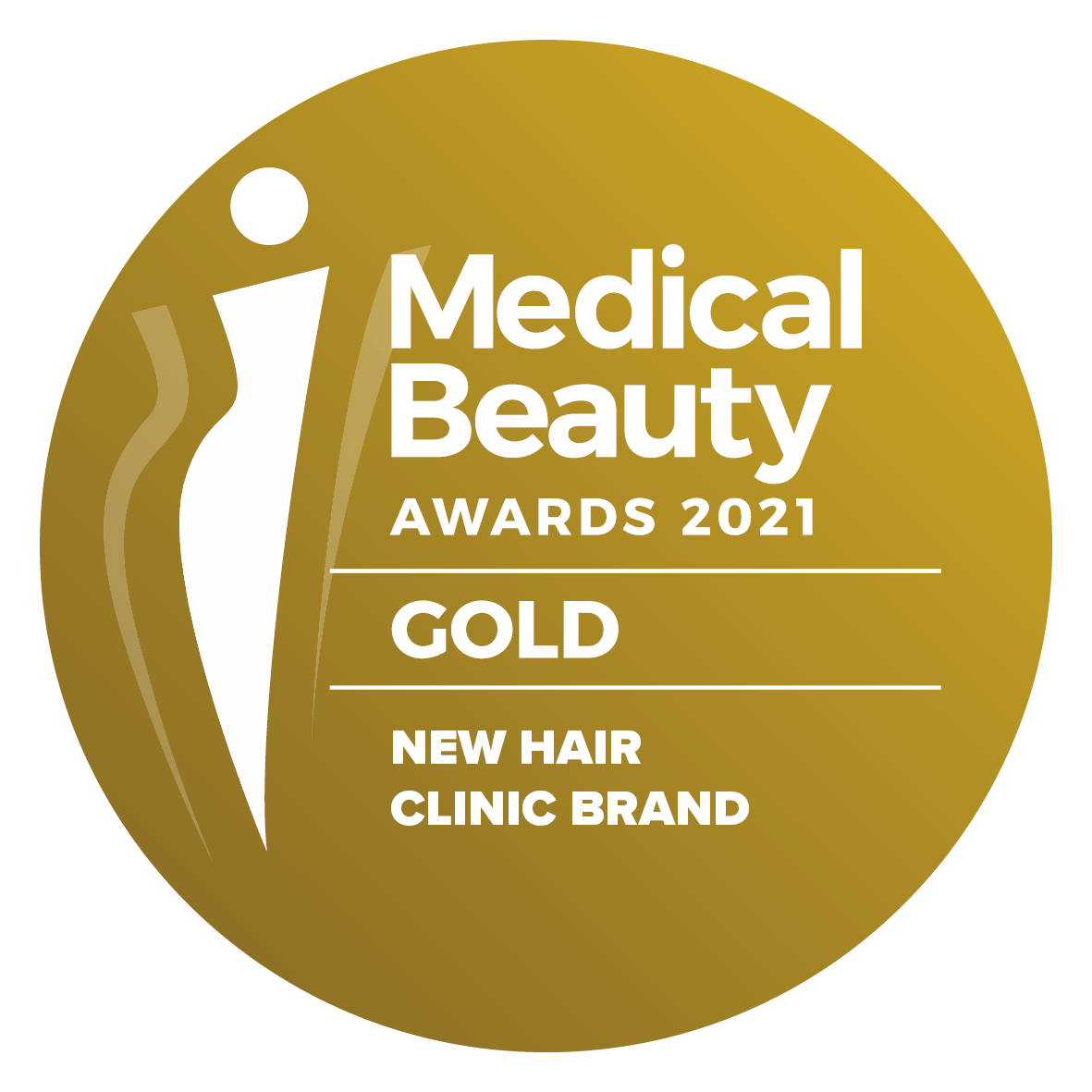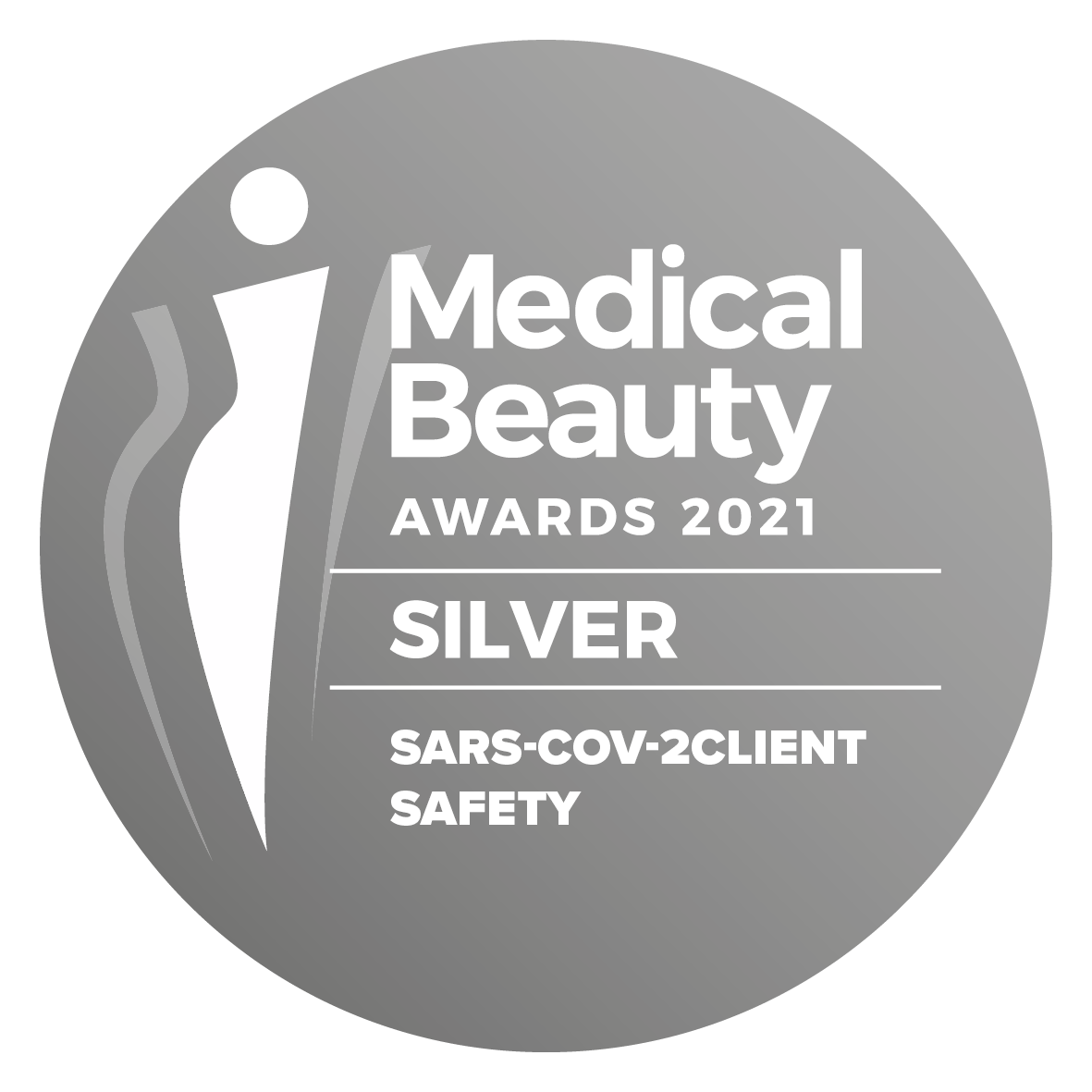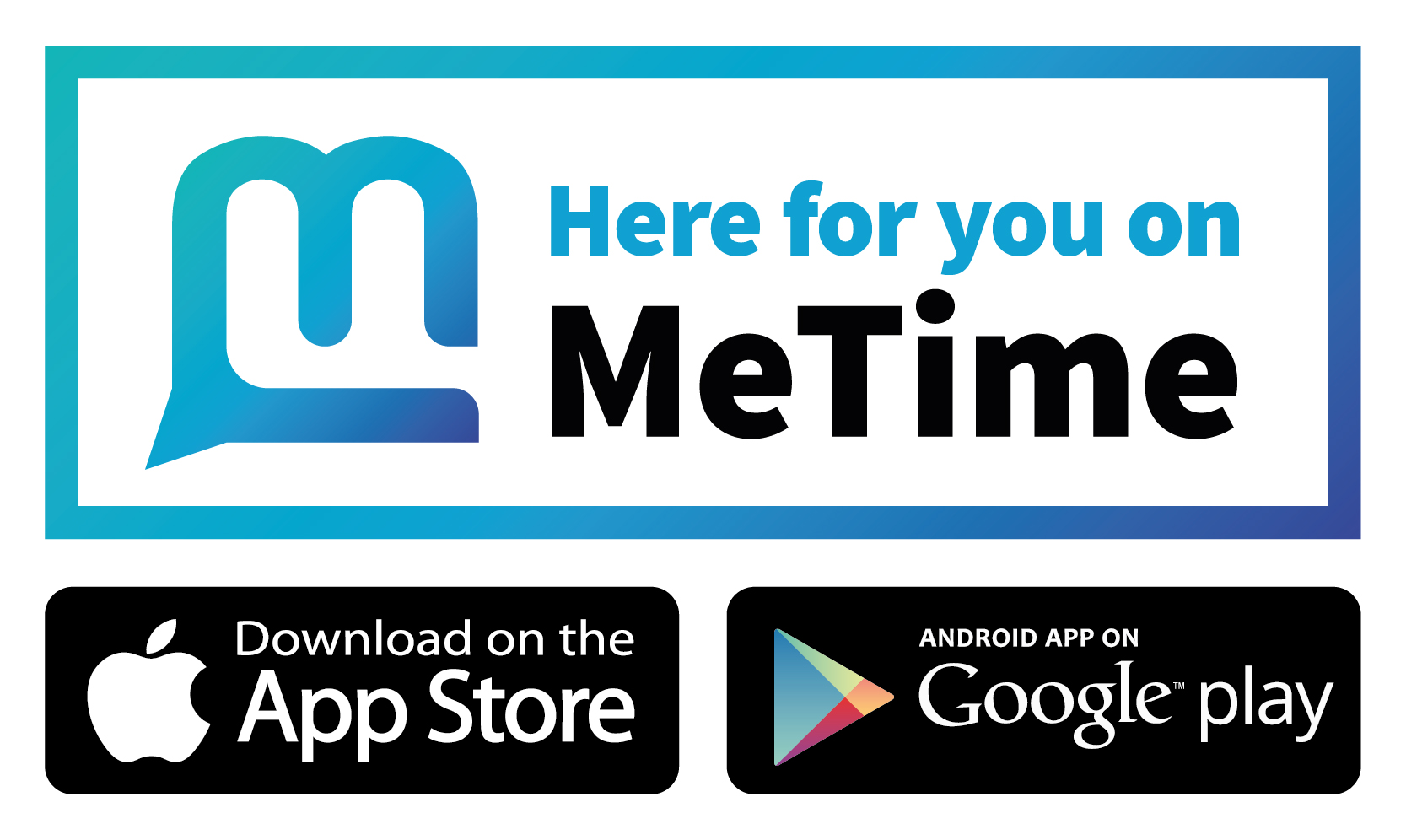The therapeutic use of Laser in Hair Growth is called Low Level Laser Therapy (LLLT). These Lasers are called “Therapeutic Lasers” and are also known as Low Level Laser Treatment, Red Light Treatment, Cold Laser, Mild Laser, Bio-Stimulation and Photobiomodulation.
LLLT has been experimentally and clinically proven to have a significant trichogenic potential in Male Androgenetic Alopecia (AA) and Female Androgenetic Alopecia (FAA). Is completely safe, easy to implement, with high compliance by the patient and exquisite results if it’s combained with the approved Medications Finasteride and Minoxidil.
The LLLT was discovered in the early 1960s and was first used by NASA as a possible means of accelerating wound healing in space. Earlier, reports had shown clinical improvement in wound healing after LLLT use. These results were later confirmed by a large number of published studies. Since 1967, more than 100 Phase III, randomized, double-blind, placebo-controlled, clinical studies have been carried out and their results were published and verified by over 1,000 laboratory studies that read up the key mechanisms of LLLT at local tissue and systemic levels.
Not all Lasers are the same
Laser is a device that produces and emits light at a specific wavelength and with a certain power. The wavelength characteristics are what make the laser unique. The color of Laser Light and its Watts power are selected for specific purposes. Laser devices can be divided into 2 categories high-power laser and low-power laser:
High-power Laser is used solely in surgical operations as it causes the sublimation of tissue. The energy of the Lasers’ ray is absorbed and converted to thermal energy (“burning” the tissue). On the other hand, low-level laser (LLL) stimulates specific molecules of the cells causing a negligible increase in tissue temperature (0.1-0.5 ° C).
High-power Laser is a powerful (and expensive) device with power up to 100W, LLLTs are small-sized, relatively affordable devices, with a power of 5-50mW (milliWatts).
In high-level laser, the different frequencies of light emission – depending on the type of laser – gives the laser the capability to penetrate deeper in the tissue. While in LLLT, since the light emission is in the red spectrum of electromagnetic radiation (630-670 nm) the LLLT ray has a minimal penetration of the surface of the skin without causing any damage to any layer.
The applications of LLLT in the body
The most common clinical effects of LLLT on the human body include: reduction of inflammation, reduction of pain, acceleration of wound healing of the skin, tendon and muscle wounds, accelerating the healing of a fracture, stimulation of angiogenesis, bacteriostatic and vasodilatory activity. Recent papers indicate that LLLs are also effective against degenerative arthropathies, rheumatoid arthritis, back pain, peripheral nerve damage, vitiligo, herpes labialis recurrences, and postherpetic neuralgia. LLLT can also be used in non-melanocytic skin cancers and their precursor forms, against acne, suppurative hidradenitis and psoriasis.
LLLT’s action on hair loss
Over the last decade, LLLT devices are the modern solution to hair loss, considering that it’s widely believed that Laser = Magic.
Therefore, the scientific community ought to define the myths and the truths about the effectiveness of Lasers in AA and FAA.
In 2007, LLLT was approved by the Food and Drug Administration (FDA) for the treatment of Male Androgenetic Alopecia (AA) and Female Androgenetic Alopecia (FAA).
This approval has the form of Clearence (safety-effectiveness) and not Indication which only medicinal products like Minoxidil and Finasteride have .
In particular, LLL has been approved as a safe and effective method of hair follicle growth in men who fall into Norwood – Hamilton scale IIa-V and women in Ludwig scale I-4, II-1, II-2 and skin types I-IV according to Fitzpatrick classification.
How exactly does hair follicle grow with LLLT?
The role of LLL in hair follicular physiology was discovered by accident in 1967. Hungarian researcher Endre Mester first used LLLT in guinea pigs which had their fur shaved and noticed faster hair regrowth in these animals compared to the rest of the guinea pigs. Mester was the first to introduce the term “Laser PhotoBiostimulation” (ie. Laser Photobiotomization).
How exactly LLLs cause hair growth is still vague. Though mechanisms have been proposed, that include:
Activation of inactive hair follicles or synchronization of hair follicle growth cycles with LLL stimulation.
Another theory is that the heat produced by the LLL device causes a mild “thermal shock” that can cause differentiation and further development of the hair follicular stem cells involved with the regulation of cell growth and differentiation.
Stimulation of cellular proliferation is an additional effect of LLL, and it is possible that the stimulatory effect of LLL on hair follicle growth occurs by mediating the increase in proliferative activity in epithelial cells of the hair follicle.
In addition, the proliferative effect of LLL can be attributed to other indirect effects, one of which is the “metabolic impulse” of tissue regeneration by increasing the microcirculation of the skin that occurs with Laser radiation.
Still another action of LLL is the stimulation of secretion of endogenous growth factors, which are powerful natural stimulating factors for proliferation for all types of epidermal cells.
Androgenetic alopecia and LLLT
While there are approved and effective medicines against AA and FAA, why should one resort to LLLT?
Although Minoxidil and Finasteride are the only proven safe and effective options against AA and FAA, the majority of patients will not “resort” to any of these drugs.
The reasons why patients with AA and FAA are avoiding drug use are many: misinformation, unrealistic expectations, fear of side effects and much more. This results to a numerous of dietary supplements, diets, cosmetics and lotions available to AA and FAA patients in order to stop hair loss and start hair regrowth.
That is why LLLs are so popular…because they are non-pharmaceutical, non-invasive, but effective devices.
Since 2007 the leading hair transplant surgeons have published unanimously conclusions regarding the LLLs. Their main points were:
- LLL has positive effects as monotherapy or as complementary therapy in the majority of patients with AA and FAA. Most patients report hair loss inhibition, texture and hair quality improvement, even if they do not report new hair growth. In fact as soon as you start the LLL treatment at an early stage, it’s more likely to stimulate more effectively the hair growth mechanism.
- In order to maintain all the positive results of the LLLT treatment is necessary, after the initial 6-12 month treatment protocol, to continue as preservation means.
- Patients who use LLL during the preoperative and postoperative period of Hair Restoration Surgery notice a faster hair growth.
LLL is recommended after every Hair Transplantation because it helps to reduce inflammation, reduce swelling and increase survival of the follicles.
- LLLTs for home use are safe if used according to their instructions, but LLLT against AA is preferable to BE used at a medical center under a physician’s supervision and guidance. LLLs household appliances work synergistically with Finasteride-Minoxidil and can be prescribed in patients already receiving medication.
Taking into account all of the above the LLLT can be recommended:
- As an optional complimentary treatment, to Finasteride / MTS.
- Combined, with Hair Transplantation, mainly postoperatively.
- As the ultimate treatment, in individuals who do not want to receive medication or proceed to Hair Transplantation.
LLLT devices against hair loss
In 2007, LLLT was approved by the FDA for the treatment of AA in men and FAA in women. Following the FDA’s approval, many companies manufactured LLLT devices with a wavelength of 630-670nm and an energy density of 5mW / cm2 to treat AA and hair loss in general. These devices are classified in the Laser 3R category, which includes devices with a low risk of damage during use, up to 5mW, and safe indication for limited visual contact with the beam.
The LLLT devices used to treat AA are divided into 2 categories: household and medical.
Household-individuals LLLT devices
The advantages of this kind of LLLT devices are that they are small, you buy them one-off, you can use them at home- at your own privacy. Although they are easy to use, they are considered to have low capacity and efficiency. Also you must be careful when you use them, since they belong to the Laser 3R category and the prolonged exposure of the eyes to beam light can cause eye damage.
These home used LLLT mainly circulate in the form of a brush (but with several drawbacks), with a different number of laser rays and varying radial power. Helmet-helmet-shaped devices are more expensive with high power and possibly higher efficiency.
Before the costumer proceeds to the purchase of a LLLT he should compare these devices not only on cost basis but also on features such as scalp coverage, number of rays and total power.
“Clinical” LLLT devices
The LLLT devices which are used in clinics are usually floor standing, expensive (> 100,000 €) and … impressive “helmet-shaped”.
The advantages of these Clinical devices are that generally they deliver more energy to the scalp compared to small individual LLLT devices, and the patient who usually follows a medical protocol is under the supervision of a physician. On the other hand these medical devices the very expensive, and not many physicians choose to purchase them, the patient usually pays per session and it is required to move to the clinic.
LLLT device usage protocol
Until 2016, no specific protocol for the use of LLLT devices has been adopted. Most LLLT manufacturers, recommend from three-day to daily use and each session should last from 10 to30 minutes.
For LLLT helmet-type clinical devices, sessions should last 15-30 minute, every 3 days for 12-16 weeks, with gradual reduction to 2 treatments per 10 days for 3 months and then 1-2 times a month as a “maintenance treatment” “. However, the criteria for establishing a protocol are not clear and are more commercial than scientific.
Summary
LLLT has a satisfactory trichogenic effect. It has been proven safe, effective, and a high-compliance treatment for AA and FAA as long as the power and session parameters are set correctly.
The exact trichogenic mechanism of LLLT is still unknown but is not the same as Finasteride / Minoxidil and can therefore be combined with them for even better results.
The effect of LLLT on Hair Transplantation is positive and is suggested in every postoperating period. The ideal configuration of LLLT technical data and the ideal protocol of use for each type of hair loss (frequency, duration, etc.) are not yet known, but clinical experience nevertheless provides important data that are constantly being investigated.
LLLT has been approved by the FDA for safety and efficacy, and it is wise to be recommended not only as a sole treatment to people who do not wish to receive medication or have a Hair Transplantation but also as a complementary therapy to patients who already receive medication against hair loss.
Furthermore LLLT may be effective in other causes of hair loss (telogen effluvium) and it is up to the physician who is specialized in hair transplantation to recommend it or not.















